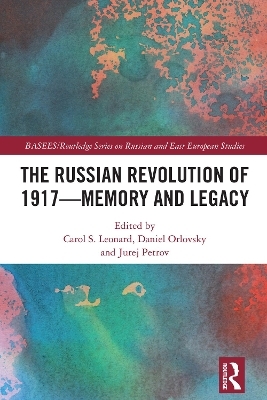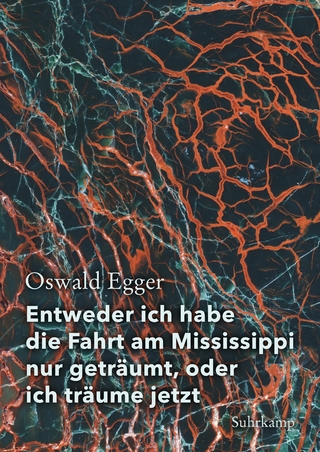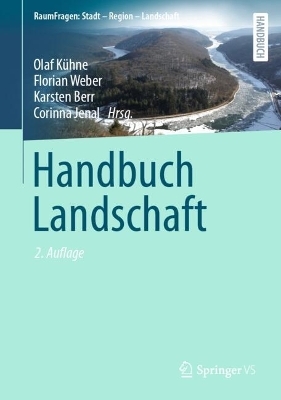
The Russian Revolution of 1917 - Memory and Legacy
Routledge (Verlag)
978-0-367-14691-7 (ISBN)
- Lieferbar (Termin unbekannt)
- Versandkostenfrei innerhalb Deutschlands
- Auch auf Rechnung
- Verfügbarkeit in der Filiale vor Ort prüfen
- Artikel merken
Carol S. Leonard is Director of the Center for Russian Studies, International Laboratory: Russia's Historical Legacies and Regional Development at the Presidential Academy of the National Economy and Public Administration, Moscow Daniel Orlovsky is Professor of History at Southern Methodist University Jurej Petrov is Director of the Institute of Russian History at the Russian Academy of Sciences, Moscow
List of Contributors
List of Figures
List of Tables
Preface
Carol Leonard and Daniel Orlovsky
I. Introduction: Interpreting the Russian Revolution of 1917
1. Daniel Orlovsky
2. Jurej Petrov
II. Selected Western Revisionist Interpretations and their Critics
3. Sheila Fitzpatrick, “How to End the Revolution: A problem for revolutionaries, their successors and historians”
4. Ronald Suny, “Lessons of October” (previously published)[1]
5. Robert Service, “Soviet History Framework for Assessing the Russian Revolution” (previously published)[2]
6. James Ryan, “The Politics of National History: Russia’s Ruling Elite and the Centenary of 1917”
III. The Major Soviet-era and Post-Soviet Russian Perspectives
7. Vitaly Tikhonov, “Soviet historiography of the Revolution of 1917: Between historical politics and scholarly research”
8. Vladimir Prokhorovich Buldakov, “Post-Soviet Writing about the October Revolution”
9. Tatiana Filippova, “Culture in Revolution – Revolution in Culture”
IV. New Approaches
“The Leap Not the Landing”[3]
10. Mark Steinberg, “The Revolution We have Lost: 1917 as Future Possibility”
11. Andy Willlimott, “Perestroika byta and the Urban Communes: From the floors of the old house a new way of life will arise”
12. Vladislav Aksenov, “Psychological and Emotional Experience in the Russian Revolution”
13. Elizabeth Wood, “Gender Images in the Russian Revolution: Backward Women and Forward Men in Iconic Perspective, 1919-1923”
Strategic Space During the Revolution
14. Lara Douds, “Government in revolution: Power, ideology and practice across 1917”
15. Carol Leonard, Leonid Borodkin, Roman Konchakov, Maria Karpenko and Zafar Nazarov, “Railroads and Strikes in Russia (1894-1904): Railroad building in times of Revolution”
Continuum of Crisis
16. Vladimir Mau and Carol Leonard, “Revolutions and Times of Crisis”
Impact Assessment
17. Robert A Rosenstone, “Two Octobers”
18. Jack Goldstone, “Hitler, Stalin, or Roosevelt? Which Faces of the 1930s will we see in the 2020s?”
Conclusion
Carol Leonard and Daniel Orlovsky
[1] Ronald Grigor Suny, "Lessons of October," Science & Society 81, no. 4 (2017): 587-594.
[2] Robert Service, Penguin History of Modern Russia From Tsarism to the Twenty-First Century (Penguin, 2015), xxiii to xlii.
[3] Quoted in Mark Steinberg Chapter 10.
| Erscheinungsdatum | 06.07.2024 |
|---|---|
| Reihe/Serie | BASEES/Routledge Series on Russian and East European Studies |
| Zusatzinfo | 6 Tables, black and white; 23 Halftones, black and white; 23 Illustrations, black and white |
| Verlagsort | London |
| Sprache | englisch |
| Maße | 156 x 234 mm |
| Gewicht | 453 g |
| Themenwelt | Naturwissenschaften ► Geowissenschaften ► Geografie / Kartografie |
| Sozialwissenschaften ► Politik / Verwaltung | |
| Sozialwissenschaften ► Soziologie ► Spezielle Soziologien | |
| ISBN-10 | 0-367-14691-6 / 0367146916 |
| ISBN-13 | 978-0-367-14691-7 / 9780367146917 |
| Zustand | Neuware |
| Haben Sie eine Frage zum Produkt? |
aus dem Bereich


